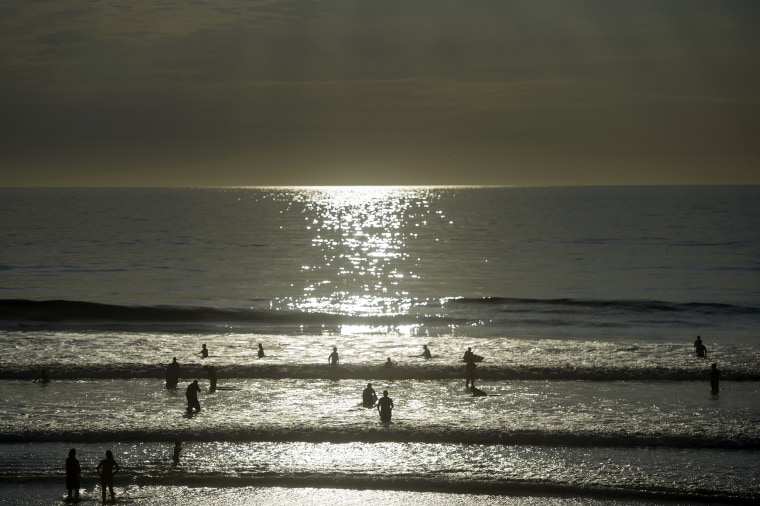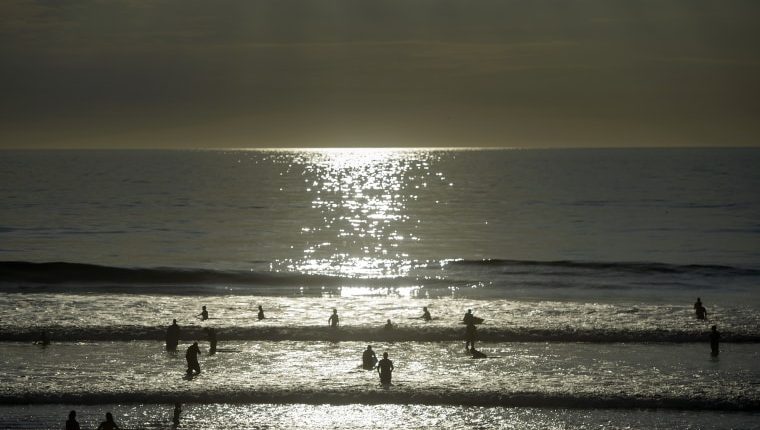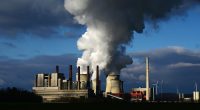How accurate are El Niño predictions?
Tim Barnett, the late marine geophysicist at the University of California, San Diego’s Scripps Institution of Oceanography, predicted the strong, stormy El Niño winter of 1997-98, a quantum leap for a meteorology world that is still 50-50 with 10-day forecasts.
It was the first, last and only time a stormy El Niño for California has successfully been forecast. Storms that season caused $850 million in damage in the state and doubled its normal precipitation, according to meteorologist Jan Null’s Golden Gate Weather Services.
Null, a retired lead forecaster for the National Weather Service’s San Francisco Bay Area office, said there have been 26 El Niños and 25 La Niñas since 1950, the vast majority of the former failing to act like those of 1982-83 or 1997-98.
“El Niño is the Stephen Curry superstar of the game,” Null said, referring to the Golden State Warriors’ point guard. “But sometimes someone else has a good night and has a bigger influence.”
Last winter’s wet La Niña, he said, “totally flipped the script.”
What are the chances of a rainy winter?
Anderson, the state climatologist, said an even number of El Niños this century have produced dry and wet winters. “El Niño by itself does not always translate into wet conditions,” he said.
The Scripps Institution’s Center for Western Weather and Water Extremes puts the chances of a wetter-than-normal winter for most of California at essentially 50-50, though its basis is historical data, not long-range forecasts.
A NOAA long-range forecast map from October shows equal chances for above- or below-average rainfall this winter for the southernmost coast of California, with the chances “leaning” in favor of greater-than-normal rain for the rest of Southern California and extending to the Bay Area.
The state Department of Water Resources said last month that residents should prepare for “the possibility of another wet season under strong El Niño conditions.”
Shang-Ping Xie, a climate sciences researcher at the Scripps Institution, puts the chances of a rainy El Niño in California this winter at 2-to-1.
“We had a three-year La Niña,” he said. “Two were dry and one was wet. The odds are not that different from typical results, which say La Niña favors a dry winter.”
But in the two classic examples of stormy El Niño winters for California, the month of March bore the brunt of rain, wind and damage.
“March is the time we believe the tropical ocean is most influential on North America,” Xie said.
Are other factors affecting the forecast?
While its behavior can be unpredictable, identifying El Niño is relatively basic, reliant on a massive patch of water in the equatorial Pacific that, when found to be consistently warmer than average, triggers declaration of the phenomenon, normally for winter.
El Niño’s relative warmth can affect atmospheric circulation along the equator and nudge a jet stream that normally aims for the Pacific Northwest southward, leaving that region drier and the Southeast wetter.
El Niño’s no-show in 2015-16 prompted Yu of UC Irvine to dive into possible causes, and today he believes other weather and manmade phenomena are affecting it.
He thinks global warming, in part, and possibly deforestation in Southeast Asia may have helped to create a second warm patch of water adjacent to El Niño’s that may be thwarting its old ways.
El Niños this century have “shifted westward to the central Pacific and lasted longer, becoming multi-year events,” Yu said. “El Niño has changed.”

Xie, the Scripps researcher who believes the odds favor a stormy El Niño, nevertheless believes there are influences on the phenomenon triggered by climate change. For example, he said, the ocean around the surface warming that defines El Niño is also warming on a long-term basis.
What happens when that warmth becomes the new baseline for a wider swath of ocean?
“If that pattern is holding up in the future, then the El Niño influence is going to strengthen,” Xie said.
He believes El Niño data and computer modeling may not be keeping up.
“There are a lot of questions we still need to answer,” he said.
Null said all eyes are on academia to help sort out what becomes of El Niño, particularly for the country’s most populous state, normally in its path.
“It’s a continual learning game,” he said. “We have evolved in our understanding of El Niño but then complicated it by the atmosphere and the oceans getting warmer.”
“Are we keeping up?” he asked. “I don’t know.”
Source: | This article originally belongs to Nbcnews.com










